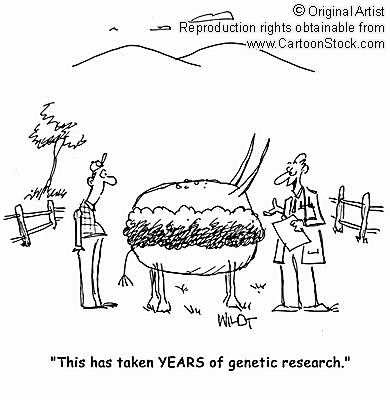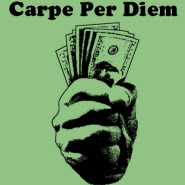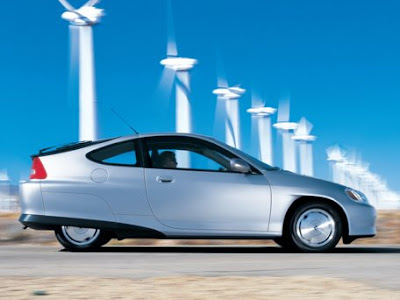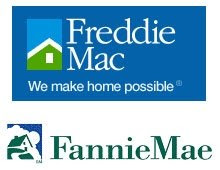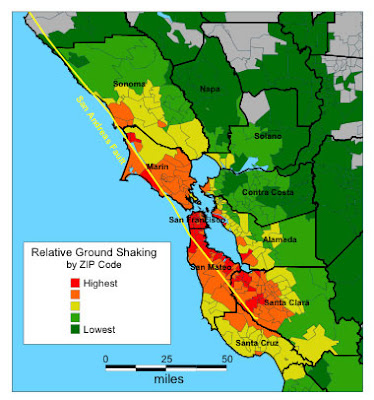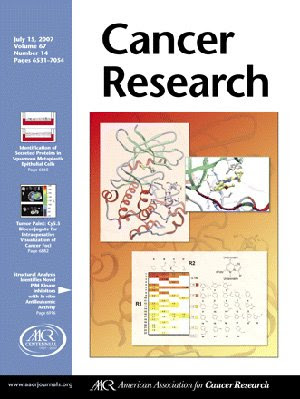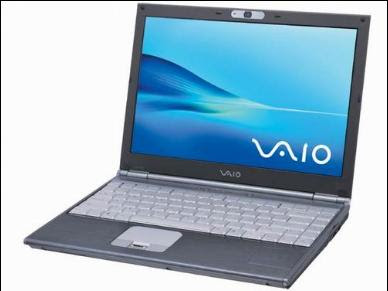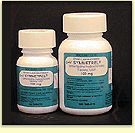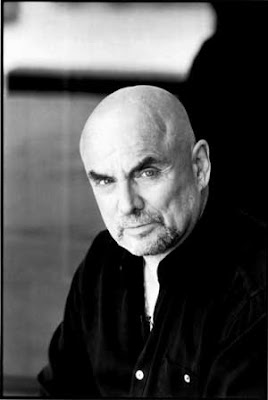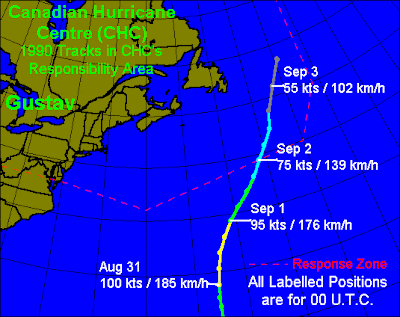
At 8 a.m. ET Monday, Gustav was centered about 20 miles south of the Louisiana coast, moving northwest near 16 mph. It was forecast to hit land west of Houma, La., a low-lying center of gas-and-oil production.
Tropical storm-force winds had reached the southeastern tip of the state early Monday, but local officials said they had not received any distress calls or reports of unexpected flooding.
In New Orleans, power was knocked out in parts of the French Quarter at mid-morning.
City officials were anxiously watching to see what kind of storm surge New Orleans could face: If forecasts hold, the city could experience a storm surge of only 4 to 6 feet, compared to a surge of 10 to 14 feet at the site of landfall, said Corey Walton, a hurricane support meteorologist with the National Hurricane Center.
Katrina, by comparison, brought a storm surge of 25 feet, causing levees to break. While the Army Corps of Engineers has shored up some of the city's levee system since then, fears this time center on the city's West Bank, where levee repairs have not been completed.
In Plaquemines Parish, south of New Orleans, officials built an emergency levee to prevent flooding along a highway that runs along the Mississippi River channel, sheriff's spokesman Maj. John Marie said.
Homeland Security Secretary Michael Chertoff, who flew to the region to oversee emergency response team, said search and rescue would be the top priority once the storm passed: high-water vehicles, helicopters and fixed-wing aircraft, Coast Guard cutters and a Navy vessel that is essentially a floating emergency room were posted around the strike zone.
New Orleans neighborhoods were ghost-town quiet as residents heeded mandatory evacuation orders.
The front page of the Times-Picayune newspaper caught the mood of the city with a large banner headline on Monday's newspaper: "Hunkered Down"
But at least one French Quarter bar appeared immune to the dusk-to-dawn curfew and mandatory evacuation notice imposed on the city's residents.
Well after midnight, a dozen boisterous patrons, with two dogs, monitored four TV sets at Johnny White's Sports Bar and Grill on Bourbon Street.
The 10-stool bar won notoriety by staying open during Katrina and its aftermath, and is looking to reprise that experience.
The "official" reason the bar never closes and is impervious to regulations is that it has no locks. But at 12:30 a.m., patron and French Quarter resident Angel Rivero offered a more practical rationale: "All the cops and rescuers need a place to go to for cigarettes and sodas and whatever. If they close everything, where are they going to go to the bathroom at?"
In east New Orleans, Joseph Bijou, 61, settled in with his generator and his tools. He had to be rescued from his roof during Katrina, but expects conditions to be different this time.
"This neighborhood took a lot of water, it's true. I don't think we're going to get that much of a storm," Bijou says. "I've been through Betsy, Flossie. Katrina was the worst storm, but it was the politicians that screwed that one up."
He sent his wife on to Houston, but chose to stay to protect his property. "During Katrina, they broke in and stole everything that wasn't tied down," he says.
To try to keep crime under control, the state activated its 7,000-member National Guard and sent 1,500 of them to New Orleans. Police also patrolled the streets.
"Looting will not be tolerated," said Mayor Ray Nagin. "We have double the police force, double the National Guard force we had for Katrina, and looters will go directly to jail
Once it crosses land, Gustav is expected to slow and rapidly weaken, becoming a tropical storm, with winds greater than 39 mph, by Tuesday afternoon and a tropical depression, with winds less than 39 mph, by Wednesday, said Dennis Feltgen, with the National Hurricane Center in Miami.
It will also likely drop torrential rains on southeast Texas as it breaks up, he said.
"This has the potential to be a tremendous rainmaker," Feltgen said.
The storm forced the paring down of the opening day of the Republican Party's national convention in St. Paul The party planned only routine business that must be performed for the convention to continue.
"I hope and pray that we will resume our normal operations as quickly as possible, but some of that, quite frankly, is in the hands of God," said presumptive nominee John McCain, who was campaigning in St. Louis.
President Bush, who will skip the convention along with Vice President Dick Cheney, planned to be in Texas Monday to monitor a variety of emergency operations.
Bush, whose administration drew strong criticism for its handling of the aftermath of Hurricane Katrina, attended a briefing Sunday at Federal Emergency Management Agency headquarters.
Afterward, he said that "while the levees are stronger than they've ever been, people across the Gulf Coast, especially in New Orleans, need to understand that in a storm of this size there is serious risk of significant flooding."
Katrina flooded 80% of New Orleans and killed more than 1,600 along the Gulf Coast,
Along Lake Pontchartrain, north of New Orleans, Dave Howard, 55, manned Pumping Station no. 14, responsible for keeping the Jahncke Canal from overflowing and flooding dozens of houses that line its banks.
As Gustav approached, Howard hunkered down with cartons of military meals, canned food, fuel, a cot, and a charcoal grill. "I'm prepared to be here three weeks," he says.
Howard, who has run pumping stations for 34 years, controls four pumps, which, at best, can move 300 cubic feet of water per second from the canal to the lake. But as the storm approaches, one pump is out of service. It's missing a gear box.
"I can do alright. Usually three is enough," he says.
But he says Gustav has his stomach in knots. "Sleep is going to be a rare commodity here," he said.
 Japanese scientists have identified a gene variant that may be linked to narcolepsy, a condition marked by excessive daytime sleepiness, impaired vision and muscle weakness. It occurs in 1 out of 2,500 individuals in the United States and Europe, but is at least 4 times more frequent in Japanese.
Japanese scientists have identified a gene variant that may be linked to narcolepsy, a condition marked by excessive daytime sleepiness, impaired vision and muscle weakness. It occurs in 1 out of 2,500 individuals in the United States and Europe, but is at least 4 times more frequent in Japanese.








